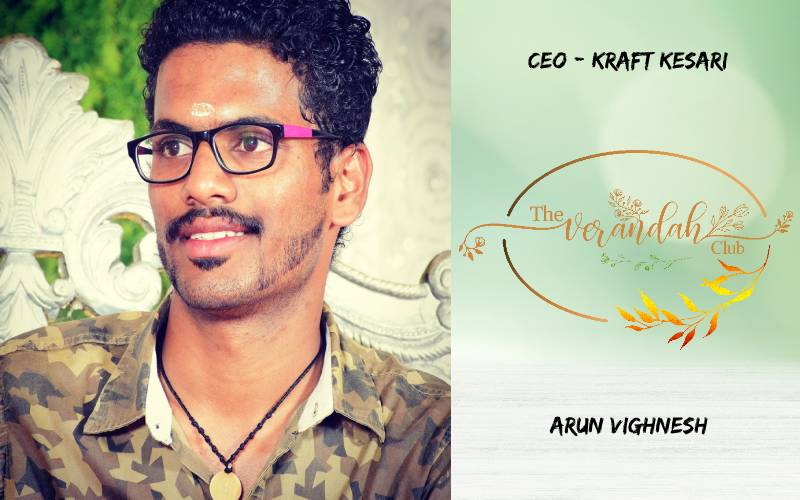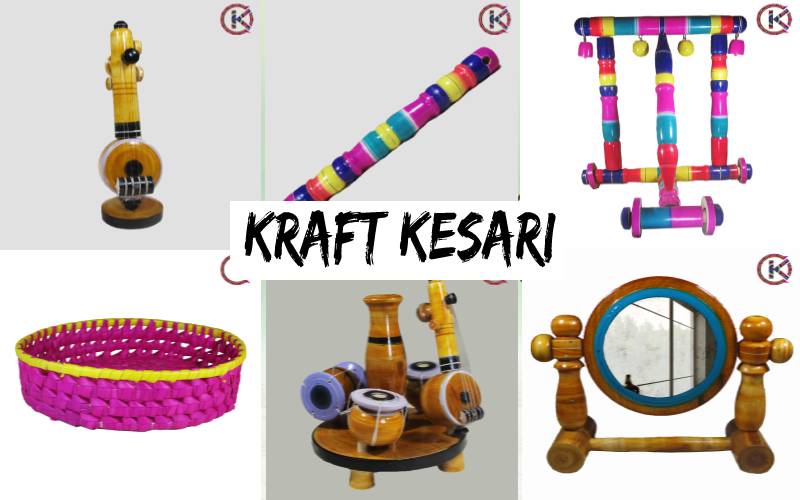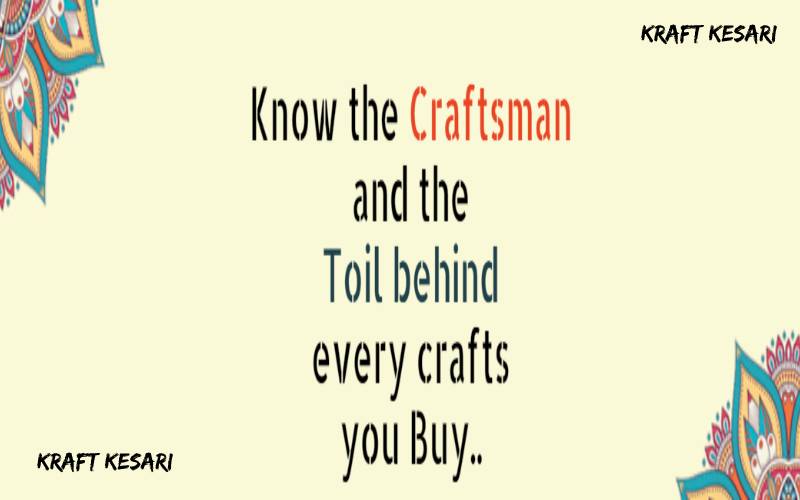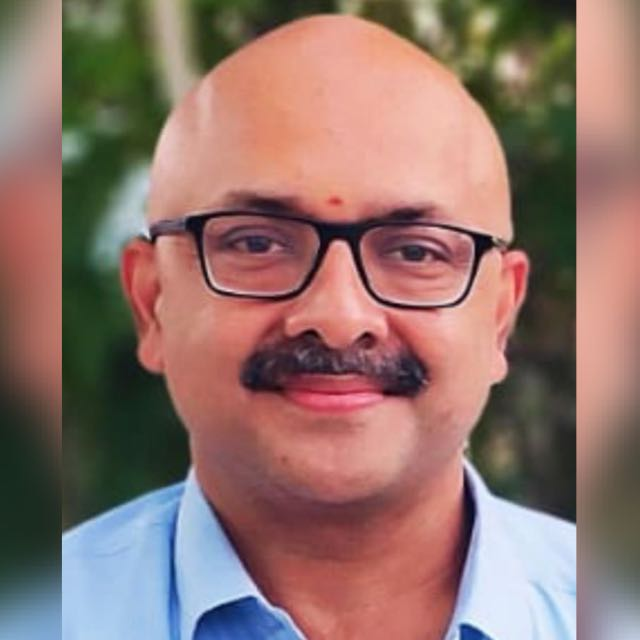
Young Duo Behind the Change, Arun Vighnesh & Deebac
Indian arts and crafts ruled the high seas for several centuries. Merchants and seafarers from other parts of the world traveled to India for the purpose of purchasing textiles, agricultural implements and utilitarian items which were backed by functional aesthetics. These exchanges brought in a lot of gold and silver into the country. The crafts and textiles of India made it the largest economy in the world. The people of the Mediterranean had built empires, but they sought a lot of goods from India.
Empires ruled and vanished but the demand for Indian goods did not subside. The fall of Constantinople to the Ottoman Turks in 1453 brought in the need to discover a new trade route to India. Several adventurers were funded, and new lands were discovered. It was finally left for Vasco da Gama to land on the shores of India in 1498.
The Europeans began to trade with India thereafter. Life went on smoothly for a few centuries. However, the intolerant rule of the Mughals gave rise to the progressive and powerful Maratha-s. They replaced the Mughals during the first quarter of the 18th century. The advent of Europeans was already a big happening those days. Lack of cohesiveness in India led to the country being subjugated by the Europeans. They began annexing vast swathes of land from 1764 and conquered the country by 1818.
A subjugated India was unable to innovate or create a manufacturing revolution. The English destroyed Indian commerce and crafts. This resulted in poverty and destruction of traditional knowledge. Post-independence efforts were taken but results were slow. A country which had turned socialistic was unable to create wealth or opportunity. Alas! The impoverished country could only share poverty and not prosperity.
Eminent citizens like Kamaladevi Chattopadhyay created institutions like the Crafts Council of India. These institutions did a lot of good, but the economic ideology of the country did not let the craftsmen prosper. Finally, the same monetary difficulties forced the country to open, and things started getting better. Several social service organizations and corporates created foundations to promote art and craft. What began in a small way has now become a big movement. Several youngsters and nationalists alike are now ensuring that the crafts-juggernaut of India continues to move.

P. B. Arun Vighnesh and his friend S. Deebac have founded Kraft Kesari Pvt. Ltd., in Tamil Nadu. 25-year-old Arun Vighnesh was born to Ganga and Balakrishnan at Pollachi (Coimbatore district). This content-writer is proficient in designing and photoshopping. Arun Vighnesh has done his B. A. in Tamil Literature from the age-old Government Arts College in Coimbatore.
“All the states in our country have clustered their crafts. Generally, people like to travel and listen to craft stories. This urged me to undertake a few craft journeys. My journeys were in-between Coimbatore and Kanyakumari. It was a tremendous learning experience. I understood that crafts were based on climate, geography, population, and skills of the region. Of course, material availability plays a key role. I also discovered that there were craftsmen who were being extremely commercial and were not taking their crafts to the next generation. The other worrying aspect was the role of state agencies like Poompuhar. Craft has been reduced to mere counter sales and no one talks about the origin of any product,” stated Arun Vighnesh while showing few of his products. Dr. Santosh Muthu of Kongunadu Arts and Science College has been guiding and supporting the venture.
Krafts Kesari has been purchasing items from artisans and they have sourced a lot of festival-based dolls from Vilacherry near Madurai. The makers of these dolls have been using colors used to paint houses. This includes the Ganesha-s which are left in the waters. The eco-conscious duo, Arun Vighnesh and Deebac, have been sourcing Ganesha-s without any paint on them. They have also studied pot-making at Manamadurai.
“Most of the craftsmen are keen to sell but are not ready to take the tradition forward. We want to address this by helping them to earn more. We facilitate drop-shipping for them and are using a part of the income to support craftsmen. Re. 1 from each product is allotted for the support of craftsmen. The money thus saved was used to getting a buffing machine valued at Rs. 6000 for the bamboo craftsman Nataraj (Saravanampatti, Coimbatore). We hope to move further in this direction. Some of the crafts like the top-making craft of Ambasamudram deserve to have a GI (Geographic Indication). The craftsman here uses anywhere in-between 15 to 20 types of chisels for making tops. They are adept in the manufacture of tiny kitchen sets used for playing. One would be amazed to see the craftsman making a top in just 6 minutes. A type of special wood is used to craft these tops,” added Arun Vighnesh.

Krafts Kesari has studied the finely finished clay cookery utensils from Karakurichi. The fine mats of Pattamadai were also studied. The Panai olai (Palm leaf) boxes form Udankudi between Thiruchandur and Kanyakumari were also analyzed by them. These boxes were being used for logistics and storage. Vighnesh has also visited Manapaadu and checked out the colorful panai olai products. He has learnt much about the Vaazhai naaru (Banana fiber) dolls and household articles made at Kanyakumari. The team did not spare Kozhachal. This place is famous for its conch processing facilities. People from the north buy these shells and make ornaments.
Arun Vighnesh had undertaken these 10-day trips in a bike during the Covid times. They made use of the hospitality provided by the Sangh Karyalayam-s found in various places. Now, the one-year idea has become the Kraft Kesari and it is in the process of getting registered as a startup with DPIIT (Department for Promotion of Industry and International Trade), a central government agency. Kraft Kesari is interested in adding value to the life of a craftsperson.
“We look at the problem and are investigating the resources for appropriate solutions. The focus is on the positive. We do not want the passion for money to be misplaced for passion of art or craft. Craft for craft itself! Krafts Kesari has decided to create an impact in the society. Profits will arise and we will survive but meanwhile we should have done something fruitful,” smiled the optimistic Arun Vighnesh.
It is known that handicrafts represent the culture and tradition of India. Organizations like Kraft Kesari are keen to promote heritage through their e-commerce platform. They hope to showcase the uniqueness of Indian crafts. The object is to take the handicrafts from rural artisans to the customers. Arun Vighnesh & Co., wish to acquire recognition by offering economic upliftment to the artisans. They are also keen to support and conserve the environment by offering eco-friendly products.

Mr. Rajesh Govindarajulu is one of the founding members of the Verandah Club Pvt. Ltd. He is a leading columnist, historian, jeweler, entrepreneur, and a heritage enthusiast who is earnestly working to revive the past in the light of the present. Experiential learning about the history of Coimbatore is his main course of interest and he is also a panel member of many colleges in the city.
NEXT ARTICLE